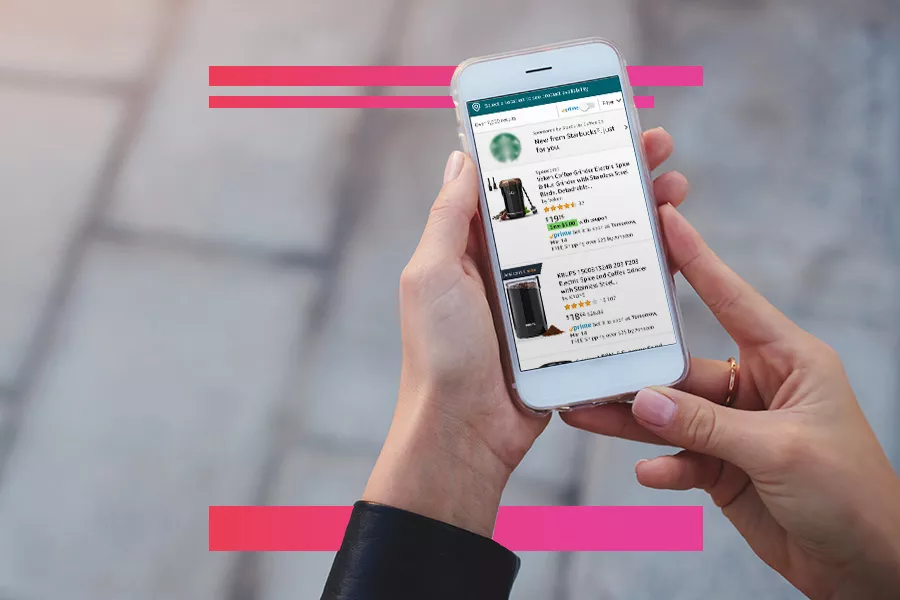Resources - Blog
Product Attribute Targeting for Sponsored Products

Stay on top of the latest e-commerce and marketplace trends.
Amazon’s new targeting mechanism for Sponsored Products — Product Attribute Targeting (PAT) — allows you to expand your targeting reach beyond the use of keywords. As a reminder, keyword targeting allows you to choose keywords to show your products in customer searches, a strategy that you likely utilize when you know the search terms that consumers use to find items similar to yours.
With PAT, you can express the product pages where you want your ads to appear. For example, PAT offers granular targeting down to the level of specific product features, such as category (i.e. “women’s running shoes”), brand, price, star rating, or a set of ASINs similar to your advertised product. These granular attributes that can be targeted are known as “targeting clauses” and are identified by a target ID.
Essentially, with Product Attribute Targeting, you can express intent for where you want your ads to appear based on the attributes of the product you are able to specify. With more in-depth product targeting capabilities, it is easier to reach consumers as they search through results pages and product detail pages for specific products similar to yours. PAT ads, like Sponsored Product ads, can appear in the following locations:
- Search results pages
- Product detail pages
- Add-to-cart pages
- Checkout pages
Rules and Limitations of Product Attribute Targeting
1. Right now, PAT is only available for Sponsored Products, at the ad group level within manual campaigns.
2. You cannot use keyword targeting together with PAT at the ad group level. You may have a campaign with multiple ad groups, some of which are using keyword targeting and others that are using PAT. However, PAT clauses may not be combined with keywords in any way.
3. Targeting clauses are not supported for campaign negative targeting. It is for this reason that negative PAT targeting can only be applied at the ad group level. You can use the negative product targeting feature to prevent your ads from appearing on specific results or detail pages that do not meet your performance standards. Amazon recommends lowering your bid first before excluding brands or ASINs with negative product targeting.
4. Only one brand, category, or ASIN may be specified per targeting expression.
5. Brand, price, and review predicates are optional and may only be specified if the category is also specified.
6. Within 12 hours, you can review the performance of your PAT campaigns. Amazon recommends that you wait one week to collect enough data before making any changes to your targeting options.
Auto-Targeting Options With Product Attribute Targeting
All Sponsored Product campaigns using automatic targeting now come with enhanced targeting options, which are as follows:
- Close-match: Your ads will be matched closely to the search term.
- Loose-match: Your ads will be matched broadly to the search term.
- Substitutes: Your ads will be shown along with the substitutable products.
- Complements: Your ads will be shown along with affiliated products.
Final Thoughts
While Product Attribute Targeting has the potential to be extremely impactful, your products still need to be relevant to the search the user is performing. Be sure to use PAT on brands and products that are in the same category and have similar descriptions as the products you are advertising. With price and rating, Amazon will make sure to show your ads only when they are relevant to the search.
While an application of PAT that will be relevant to many sellers and vendors is capturing market share from competitors, you can also experiment with the mechanism to fulfill other advertising goals such as new product launches, profit generation, or brand awareness.
Learn what Feedvisor can do for your business.
When you partner with Feedvisor, you automatically receive access to our true, AI-driven technology and hands-on team of e-commerce experts. Contact one of our team members today to learn more about our end-to-end solution for brands and large sellers on Amazon, Walmart, and e-marketplaces.



